Triumph, tragedy enigma, myth and of course Toblerone…these are just some of the emotions and thoughts associated with the Matterhorn which is arguably one of the most famous symbols of Switzerland. The near symmetrical pyramidal peak which stands at a towering 4478 meters is one of the highest in Europe. The mountain which is also one of the most difficult to climb overlooks the car free Swiss town of Zermatt located in the Visp district of the canton of Valais in Switzerland.
 Zermatt town
Zermatt town
The first ascent of the Matterhorn took place in 1865 by a group led by Britisher Edward Whymper but during the descent four of the seven climbers died; a tragedy that was covered widely and remembered even today. Since then, several thousands have attempted the ascent and while many have been successful, close to 500 mountain climbers have lost their lives.
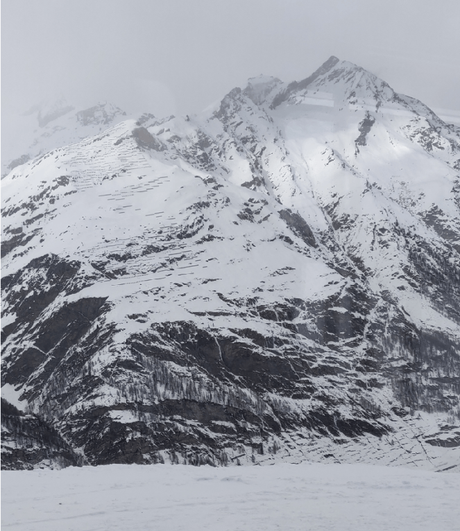
Matterhorn which is one of the most photographed mountains in the world, remains a peak filled with an aura of myth and mystery. The Matterhorn museum in Zermatt is an ode to this enigmatic mountain and how it has played a great role in transforming the town of Zermatt into a famous tourist destination. On world mountain climbing day today (01-Aug), let us take a look at this museum.
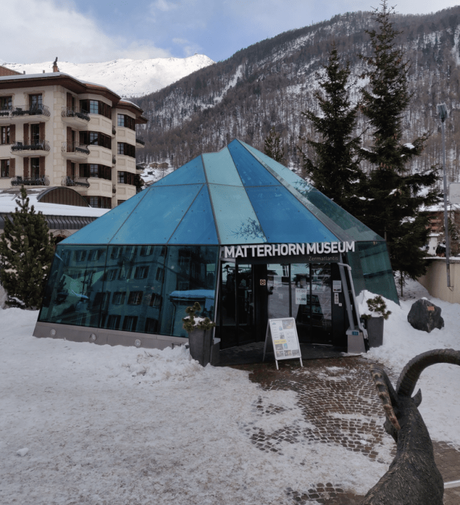
The museum is insightful and a perfect way to learn about the history of the town from the 19th century. An ode to the days when there were no ski lifts or mountain railways and how all that changed when the first English mountaineers arrived is captured perfectly in the museum. The museum chronicles the entire episode of the first ascent of the Matterhorn in detail and there are several photographs and objects related to the episode including the original hemp rope that was used during the climb. It was Alexander Seiler who collected these items from the dead climbers to preserve them for the sake of posterity and these relics actually laid the foundation of this museum.
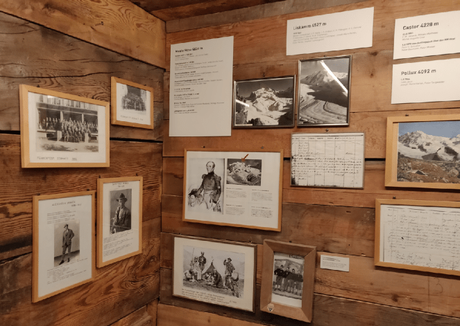
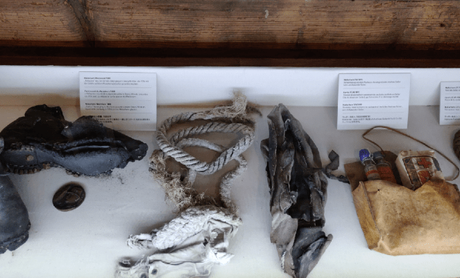
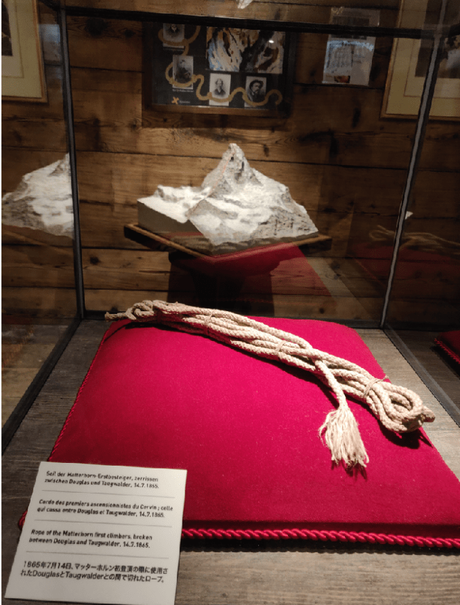
On display are also several objects pertaining to mountain climbing over the years including shoes, water bottles and cameras apart from tracing the development of the hotel industry in the town.
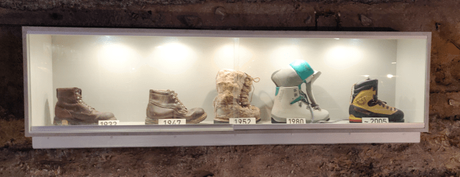
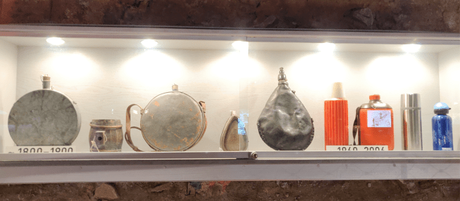
The museum traces the development of tourism in Zermatt which was a sleepy farming village until the 1850s. From 1860 started the golden age of mountaineering and in 1891 the Visp-Zermatt railway was built. The period of the world wars saw a lull but since the 1960s, Zermatt has transformed into a world famous mountain resort town.
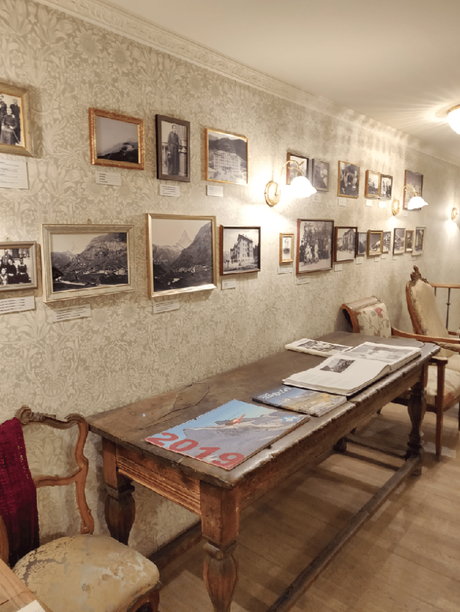
The models of the houses, barns, churches and objects like tools, utensils and machines whcih showcase the lives of the people in the yesteryears is noteworthy. Rural life and society during those days has been well depicted with the importance of the church, farming life and the development of the first hotels and the evolution of the tourism industry well documented.
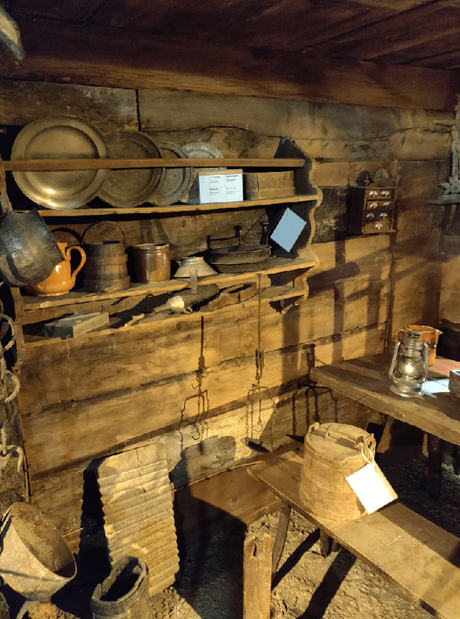
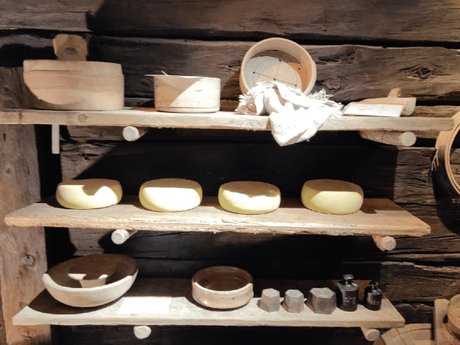
Click here and here to read more posts on Switzerland.
